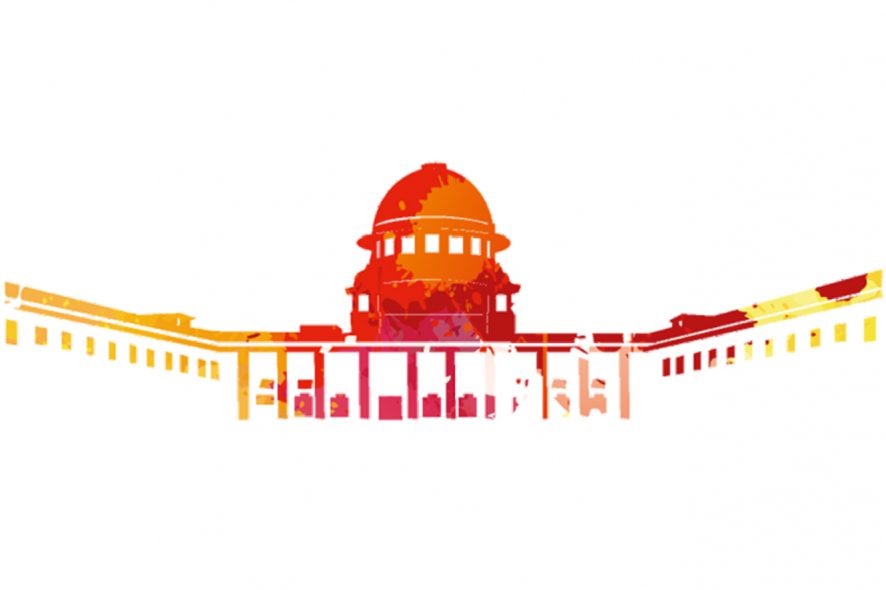Supreme Court: A five-Judge Constitution Bench speaking through N.V. Ramana, J., while invalidating the ratio of Sun Export Corpn. v. Collector of Customs, (1997) 6 SCC 564, laid at rest the controversy regarding the interpretation of an ambiguous provision exempting tax. The Bench comprised of Ranjan Gogoi, N.V. Ramana, R. Banumathi, M.M. Shantanagoudar and S. Abdul Nazeer, JJ.
The present Bench was set up on a reference by a three-Judge Bench to examine the correctness of the ratio in Sun Export case. The question was, “what is the interpretative rule to be applied while interpreting a tax exemption provision when there is an ambiguity as to its applicability with reference to the entitlement of the assessee or the rate of tax to be applied?” In the said case, a three-Judge Bench ruled that any such ambiguity must be interpreted so as to favour the assessee claiming the benefit of such exemption. On the other hand, the three-Judge Bench in the present case, while sitting in appeal to interpret Custom Notification No. 20/1999 (provision for concessional rate of duty), noticed the unsatisfactory state of law and opined that the dicta in Sun Export case requires re-consideration by a larger bench. That is how the matter was before the present Bench.
The Supreme Court, at the outset, noticed that there was distinction between interpreting a charging section and an exempting section. In case of ambiguity in a charging section, the interpretation has to be made in favour of the assessee. For deciding the question as formulated above, the Court referred to a catena of judgments including CCE v. Parle Exports (P) Ltd., (1989) 1 SCC 345 as explained in Union of India v. Wood Papers Ltd., (1990) 4 SCC 256, wherein the Court held that whether a subject falls in the exemption clause or not has to be construed strictly. The present Bench concurred with the said view as was also elaborated in another Constitution Bench decision in CCE v. Hari Chand Shri Gopal, (2011) 1 SCC 236, and held that any ambiguity in an exemption provision in a taxing statute has to be interpreted in favour of the revenue. The decision of the Bench while answering the reference is summed up hereinbelow:
- Exemption notification should be interpreted strictly; burden of proving the applicability of such provision is on the assessee/claimant.
- In case of ambiguity in an exemption notification, the benefit thereof cannot be claimed by the assessee, and it must be interpreted in favour of the revenue.
- The ratio in Sun Export case was not correct and all the decisions which took similar view stood overruled.
While answering the reference in above terms, the Court directed the appeal to be placed before the appropriate bench for consideration of the matter on merits. [Commr. of Customs v. Dilip Kumar and Co., 2018 SCC OnLine SC 747, dated 30-07-2018]







